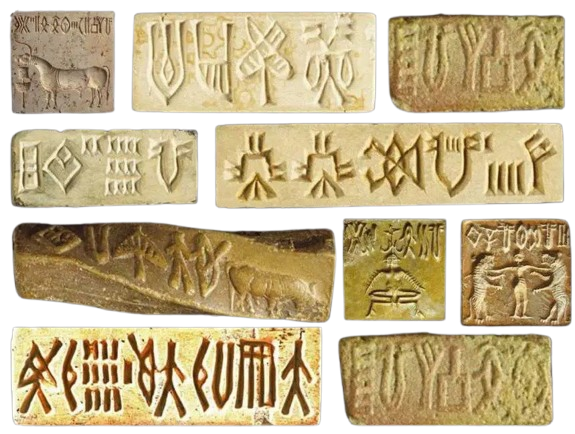Why in the News?
The Union Culture Ministry has invited experts to present their research on deciphering the Indus Valley script, also known as the Harappan script.

Recent Efforts and Theories on the Harappan Script:
- Taxation & Commerce Theory: Bahata Ansumali Mukhopadhyay argues the script encodes rules of trade and taxation, not phonetic spellings.
- Religious Hypothesis: Karuna Shankar Shukla claims Indus seals carried Rig Vedic mantras and Puranic references, used mainly for rituals.
- Proto-Dravidian Claims:
- Prakash N. Salame (Nagpur engineer) says 90% of symbols represent Proto-Dravidian Gondi, building on Dr. M. C. Kangali.
- Asko Parpola (Finnish Indologist) supports the Dravidian hypothesis, suggesting a logo-syllabic system of pictograms and rebuses.
- Bryan K. Wells also backs Proto-Dravidian links.
- Santali Link: Prabhunath Hembrom connects the script to the Santali language, citing parallels with Parpola’s work.
- Scholarly Caveats: H. P. Ray stresses need for bilingual objects, contextual clarity, and warns against assuming a single language for the entire civilization.
Back2Basics: Indus Valley Civilization (IVC)
|
| [UPSC 2001] Which one of the following animals was NOT represented on the seals and terracotta art of the Harappan culture?
Options: (a) Cow* (b) Elephant (c) Rhinoceros (d) Tiger |
Get an IAS/IPS ranker as your 1: 1 personal mentor for UPSC 2024

